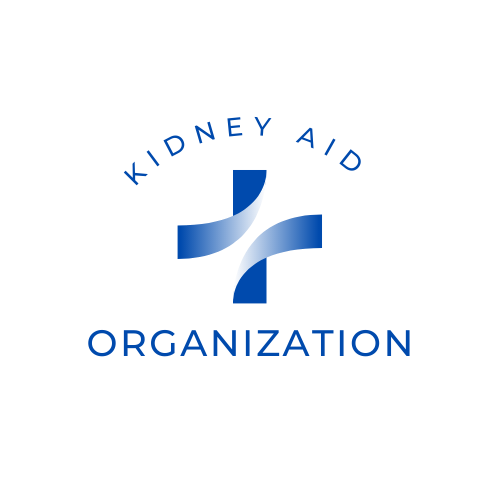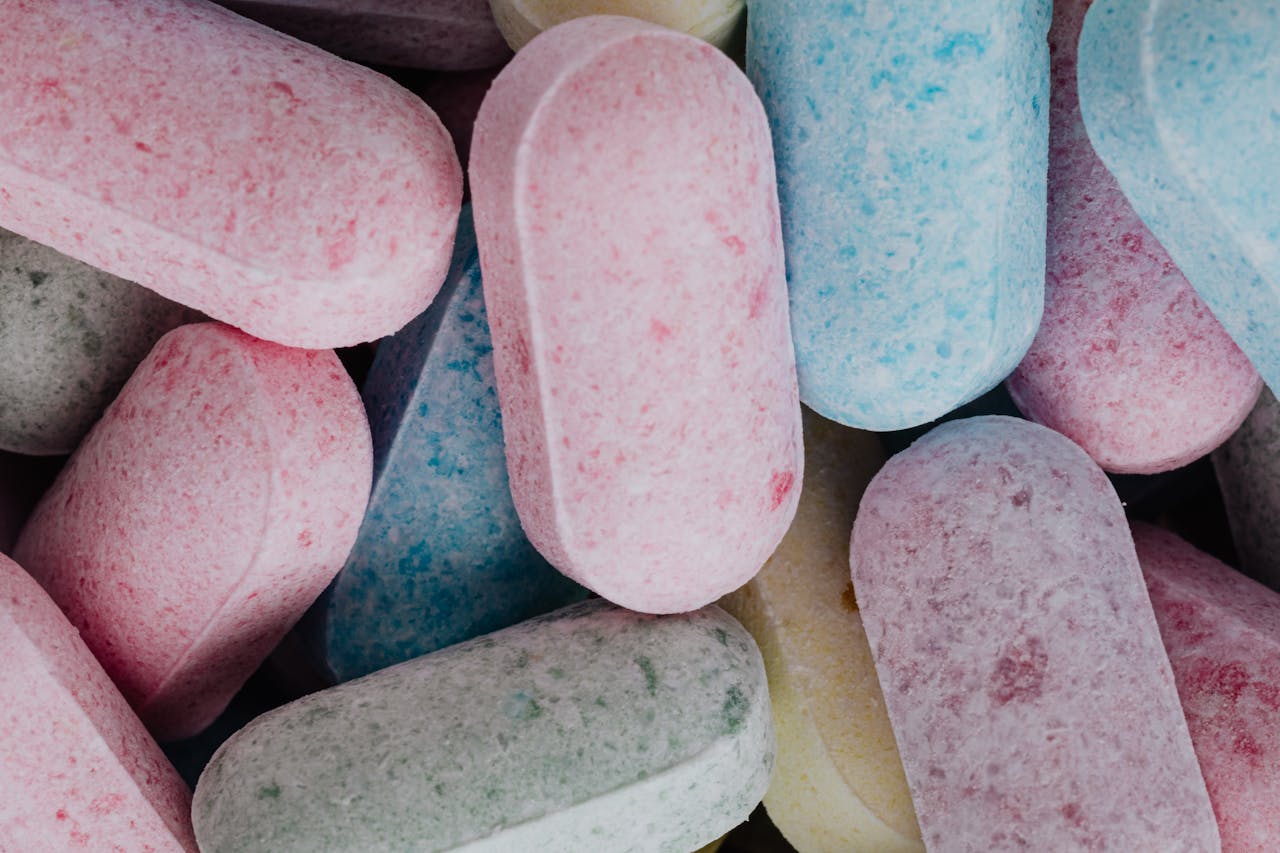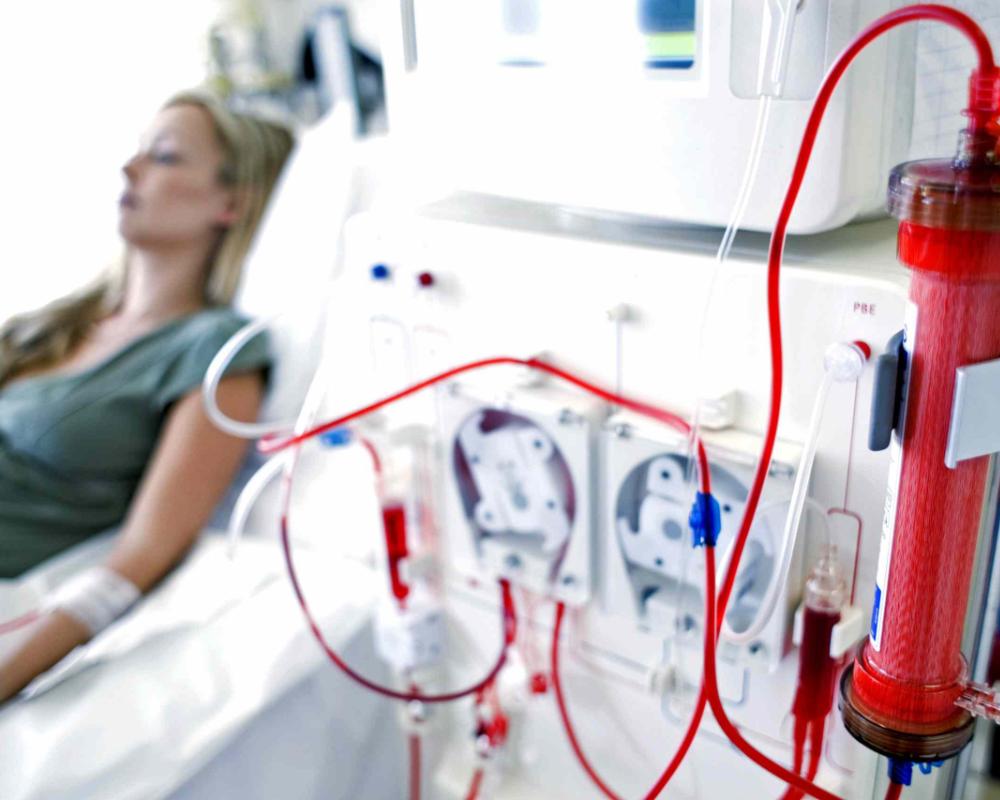Introduction: Why Potassium and Phosphorus Matter in CKD
Chronic Kidney Disease (CKD) affects millions worldwide, with many unaware of their condition until significant damage has occurred. One of the most critical aspects of managing CKD is controlling your intake of two essential minerals: potassium and phosphorus. When kidneys function properly, they maintain perfect balances of these minerals. But with CKD, this delicate balance is disrupted, leading to potentially dangerous health consequences 15.
This comprehensive guide will walk you through everything you need to know about managing potassium and phosphorus in your diet when living with CKD. We'll cover why these minerals become problematic, which foods to limit or avoid, smart substitutions you can make, and practical strategies for maintaining proper nutrition while protecting your kidney health.
Understanding the Role of Potassium in CKD
What Potassium Does in the Body
Potassium is a crucial mineral that:
-
Helps regulate heart rhythm
-
Supports proper muscle function
-
Maintains fluid balance
-
Keeps the nervous system functioning properly 1
Healthy kidneys precisely control potassium levels by removing excess through urine. But with CKD, this regulatory system breaks down.
The Dangers of High Potassium (Hyperkalemia)
When kidneys can't remove potassium effectively, levels can rise dangerously high in the blood—a condition called hyperkalemia. This can cause:
-
Muscle weakness and cramps
-
Fatigue
-
Irregular heartbeat (arrhythmias)
-
In severe cases, heart attack or cardiac arrest 17
Potassium Recommendations for CKD Patients
While individual needs vary based on kidney function and lab results, most CKD patients need to limit high-potassium foods. A general guideline:
-
High-potassium foods: >200mg per serving (limit or avoid)
-
Low-potassium foods: <200mg per serving (safer choices) 7
Phosphorus and Its Impact on CKD
The Importance of Phosphorus
Phosphorus works with calcium to:
-
Build strong bones and teeth
-
Help convert food to energy
-
Support metabolism and cell function 15
Why Phosphorus Becomes Problematic in CKD
Healthy kidneys excrete excess phosphorus. With CKD:
-
Phosphorus builds up in the blood
-
The body pulls calcium from bones to balance high phosphorus
-
This leads to weak, brittle bones
-
Calcium-phosphorus deposits can form in blood vessels, lungs, eyes, and heart 15
Long-term consequences include:
-
Increased risk of fractures
-
Cardiovascular disease
-
Itchy skin
-
Joint pain 58
Phosphorus Goals for CKD Patients
A normal blood phosphorus level is 2.5-4.5 mg/dL. Your nephrologist will monitor this and adjust your diet accordingly 5.
The "Double Jeopardy" Foods: High in Both Potassium and Phosphorus
Some foods are particularly challenging for CKD patients because they're high in both potassium and phosphorus. These "double jeopardy" foods should be limited or avoided 1:
| High Potassium & Phosphorus Foods | Kidney-Friendly Alternatives |
|---|---|
| Cheese | Vegan cheese, small amounts of parmesan |
| Chocolate | Lemon or apple desserts, rice crispy treats |
| Dairy products (milk, yogurt) | Almond milk, rice milk |
| Nuts and seeds | Unsalted popcorn, rice cakes |
| Dried beans and peas | Green beans, wax beans |
| Whole grains (bran, oatmeal) | White bread, refined grains |
| Processed meats | Fresh chicken, turkey, fish |
Building a Kidney-Friendly Diet: Practical Strategies
Potassium Management Tips
-
Portion Control Matters: Even low-potassium foods can become high-potassium if portions are too large 7.
-
Leaching Vegetables: For high-potassium veggies you love, leaching can remove some potassium:
-
Peel and slice thinly
-
Soak in warm water for 2+ hours (10x water to vegetable ratio)
-
Rinse and cook in fresh water 7
-
-
Drain Canned Foods: Always drain and rinse canned fruits/vegetables to reduce potassium 7.
-
Avoid Salt Substitutes: Many contain potassium chloride instead of sodium chloride 10.
Phosphorus Control Techniques
-
Read Labels for "Phos": Avoid ingredients with "phos" like phosphoric acid, dicalcium phosphate 25.
-
Choose Fresh Over Processed: Processed foods often have added phosphates 28.
-
Time Your Binders: If prescribed phosphate binders, take them with meals as directed 58.
-
Limit Dairy: Opt for unenriched rice or almond milk instead 18.
Sample Kidney-Friendly Meal Plan
Breakfast:
-
1 slice white toast with jam (low-phosphorus alternative to peanut butter)
-
Scrambled eggs
-
½ cup blueberries
-
Coffee or tea (limit to 8 oz if potassium is high) 710
Lunch:
-
Grilled chicken sandwich on white bread
-
½ cup steamed green beans
-
1 small apple
-
Lemonade or ginger ale 110
Dinner:
-
3 oz baked salmon
-
½ cup white rice
-
½ cup boiled cabbage (leached)
-
Sliced cucumber salad
-
Angel food cake for dessert 47
Snacks:
-
Unsalted popcorn
-
Rice cakes
-
Grapes 410
Special Considerations for Different CKD Stages
Early Stage CKD (1-3)
-
May need only moderate potassium/phosphorus restrictions
-
Focus on overall healthy eating patterns
-
Monitor labs regularly 11
Late Stage CKD (4-5) Not on Dialysis
-
Stricter limits on potassium and phosphorus
-
May need protein restriction (0.55-0.6 g/kg body weight)
-
Close monitoring with dietitian 11
Hemodialysis Patients
-
Potassium builds up between treatments
-
Strict limits on high-potassium foods
-
Phosphorus binders usually required 1
Peritoneal Dialysis Patients
-
More liberal potassium (often need to prevent low levels)
-
Still need phosphorus restrictions 1
Working With Your Healthcare Team
Managing CKD nutrition is complex and highly individualized. Key team members include:
-
Nephrologist: Monitors labs and adjusts treatments
-
Renal Dietitian: Creates personalized meal plans
-
Primary Care Provider: Coordinates overall care 311
Ask your team about:
-
Your latest lab values and goals
-
Whether you need binders
-
How to adjust your diet based on symptoms 5
Common Challenges and Solutions
Challenge: Missing favorite high-potassium/phosphorus foods Solution: Find kidney-friendly substitutes that satisfy cravings 14
Challenge: Eating out with restrictions Solution: Research menus ahead, ask about preparation methods, choose simpler dishes 9
Challenge: Lack of appetite Solution: Work with dietitian to find calorie-dense, kidney-friendly options 3
The Future of CKD Nutrition
Emerging research is exploring:
-
Plant-based diets for CKD (may have advantages for phosphorus control)
-
New phosphate binder options
-
Personalized nutrition approaches 11
Conclusion: Empowerment Through Knowledge
While managing potassium and phosphorus in CKD requires diligence, it's one of the most powerful tools you have to protect your health. By understanding which foods to choose and which to limit, working closely with your healthcare team, and making gradual changes, you can create an eating pattern that supports your kidneys while still enjoying delicious meals.
Remember, every small change counts. Start with one or two adjustments, monitor how you feel, and build from there. Your kidneys—and your whole body—will thank you for the care you're taking with your diet.
For more personalized guidance, consult with a renal dietitian who can tailor recommendations to your specific needs and preferences


